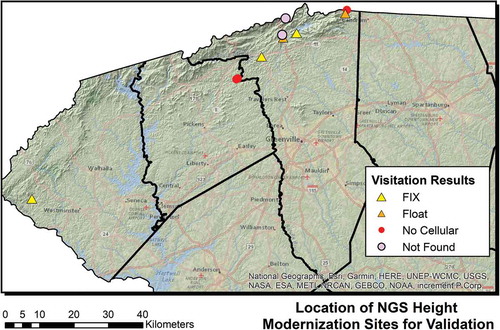Figures & data
Figure 1. GNSS survey grade receiver operating as a base station over a known position and broadcasting the errors at the position (a) to one or more roving GNSS receivers using a radio modem (b)

Figure 2. GNSS survey grade receiver (Ardusimple SimpleRTK2Blite) used for the empirical assessment and antenna (U-blox ANN-MB) mounted to ground plane with 5/8” nut on back for attachment to fixed height rover pole (a). The bipod and fixed height 2-m rover setup in b) is the same used for all 36 monuments
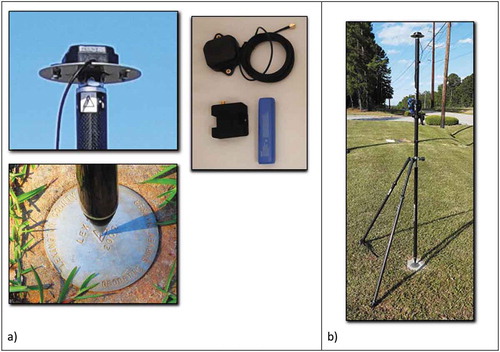
Figure 3. State geodetic survey director leveling fixed height survey pole with GNSS receiver antenna at monument EC2938 (a), three bubble levels on fixed tripod (b), lower tripod mount (c), and use of plumbed tripod for antenna (d)
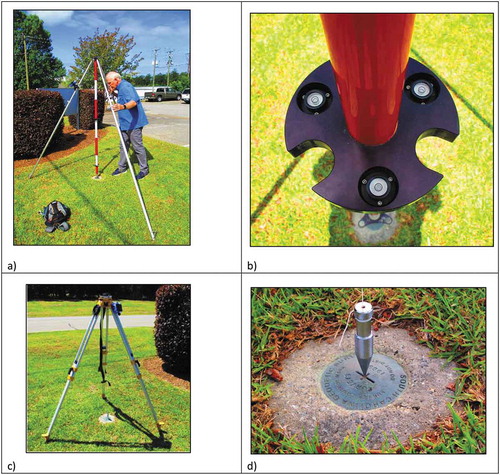
Figure 4. All observations (3700) in the 5-minute occupation periods during the 6-hour test (a). Four sequential 5-minute periods separated by 30-minutes in (b). Each second a new, non-averaged, FIX position was recorded. The reported SCGS monument where antenna was plumbed is shown as a green triangle with an expected accuracy of 0.21-cm (95% confidence level)

Figure 5. Horizontal and height accuracies (RMSE) derived from grouping consecutive single observations in averaging periods from 1-sec, 10-sec, and 20-sec
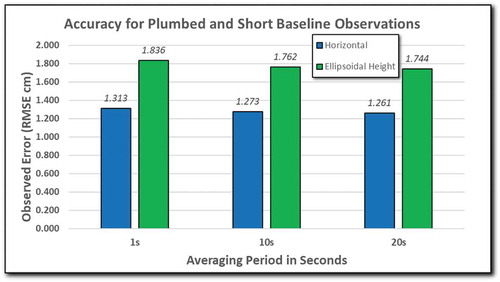
Figure 6. Locations of the 36 NGS monuments recovered and where cellular and FIX observations could be observed
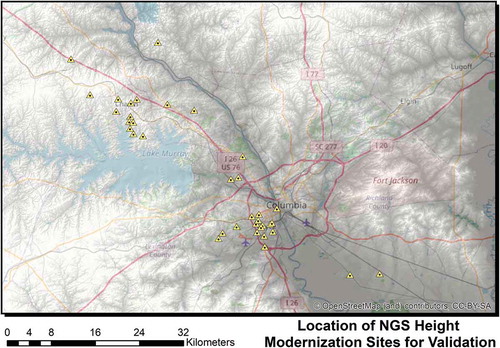
Table 1. Summary Statistics from 36 Reference Points (in centimeters)
Figure 7. (a) Plot of X and Y error for each of the 36 averaged positions (in blue dots) from its respective NGS monument. The summary average X and Y error is shown in red. b. Plot of height errors (~elevations) for each of the 36 averaged positions (in blue dots) from its respective NGS monument (b)
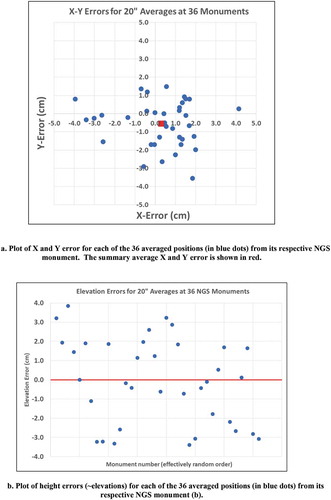
Data availability
The data that support the findings of this study are available from the corresponding author, upon reasonable request.

